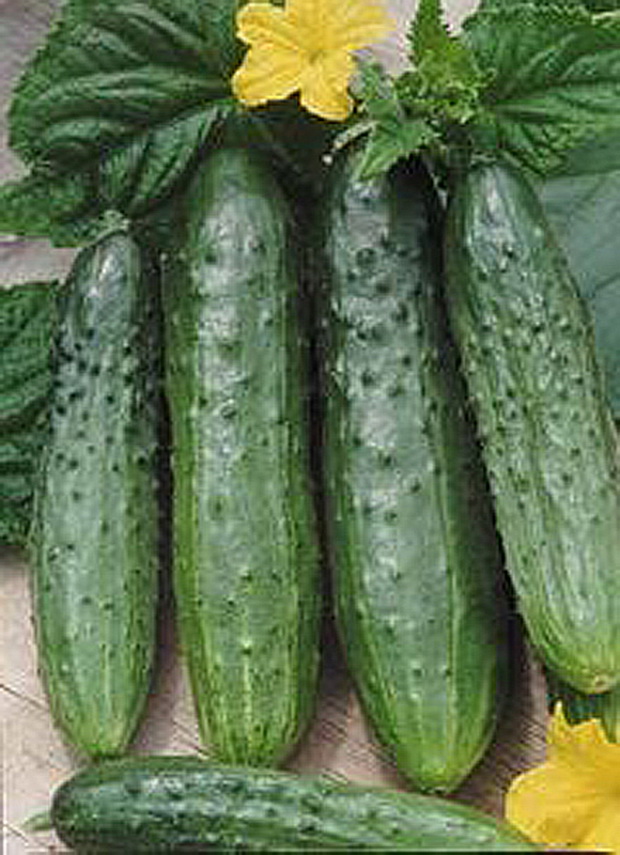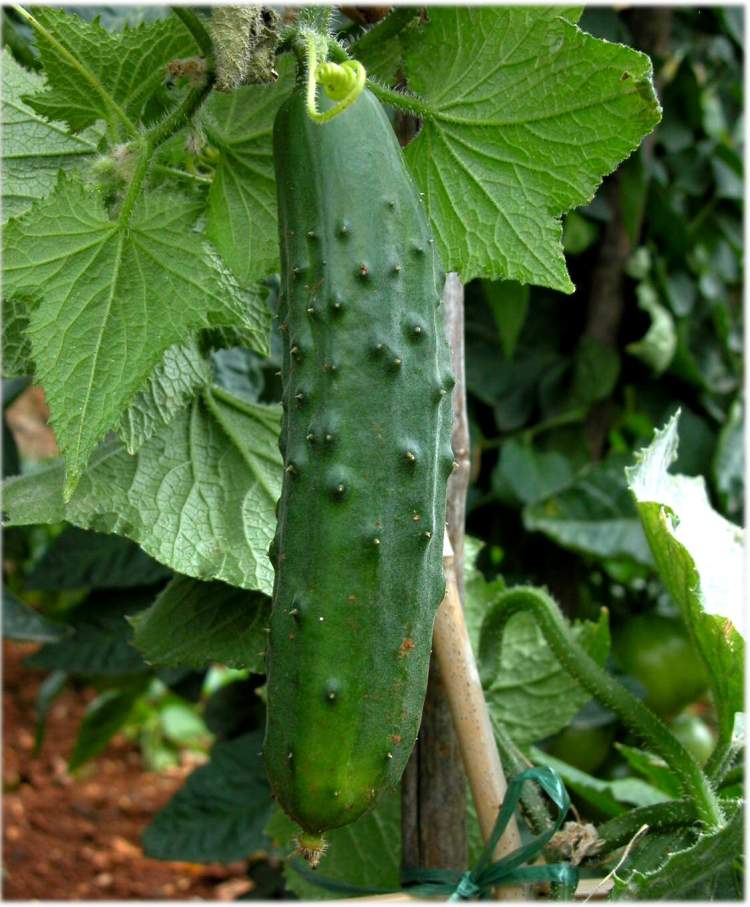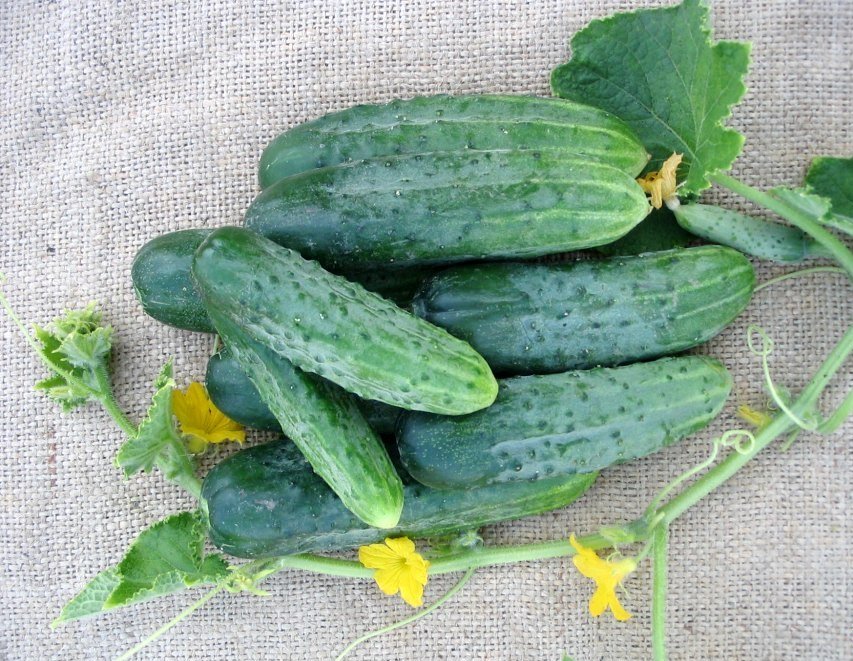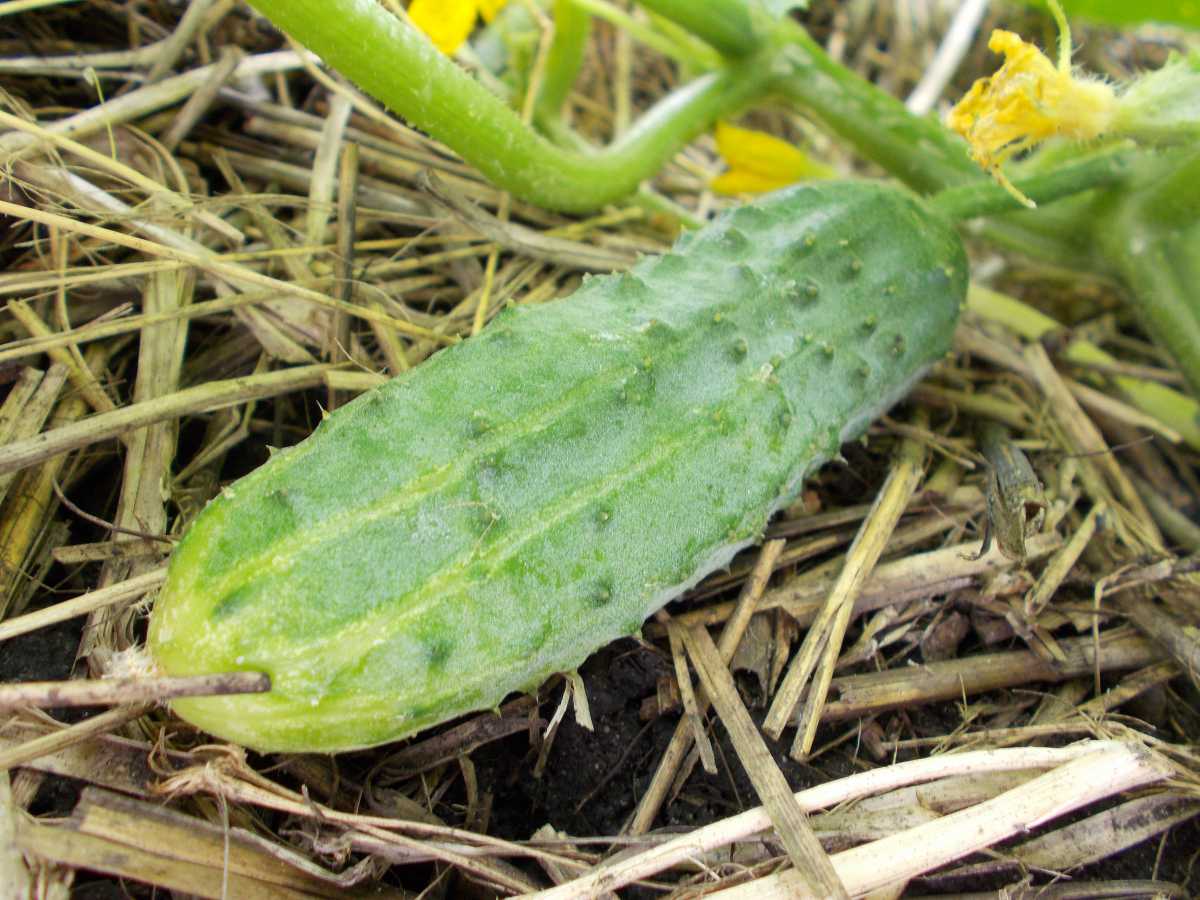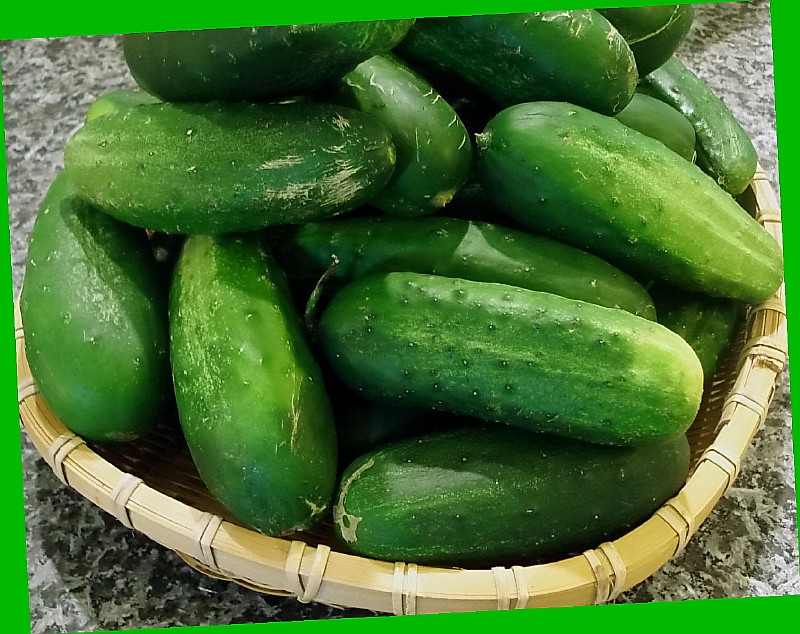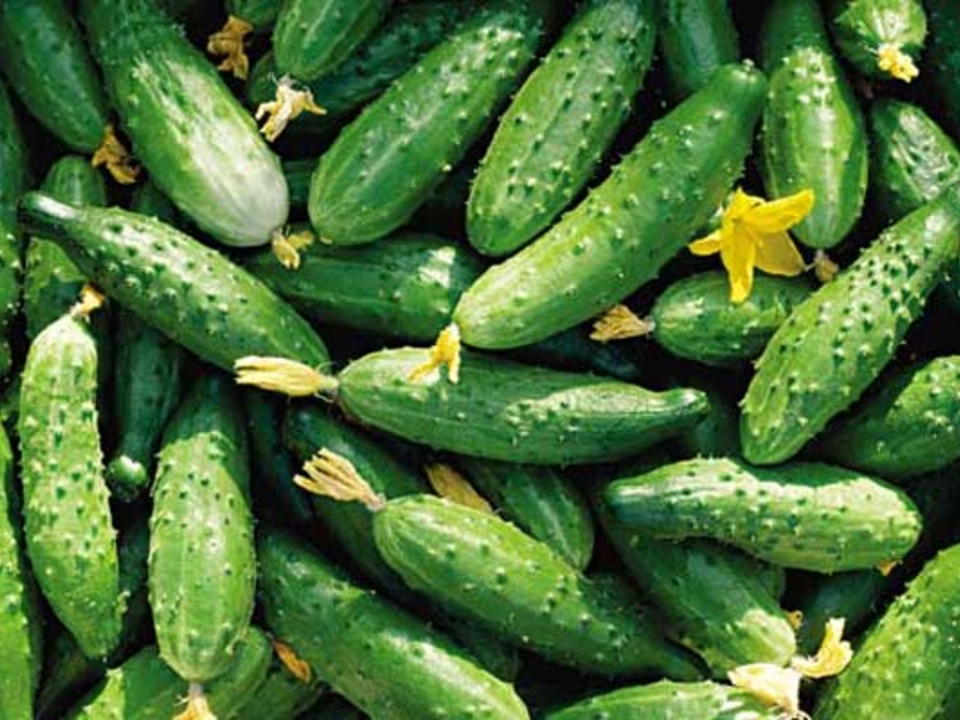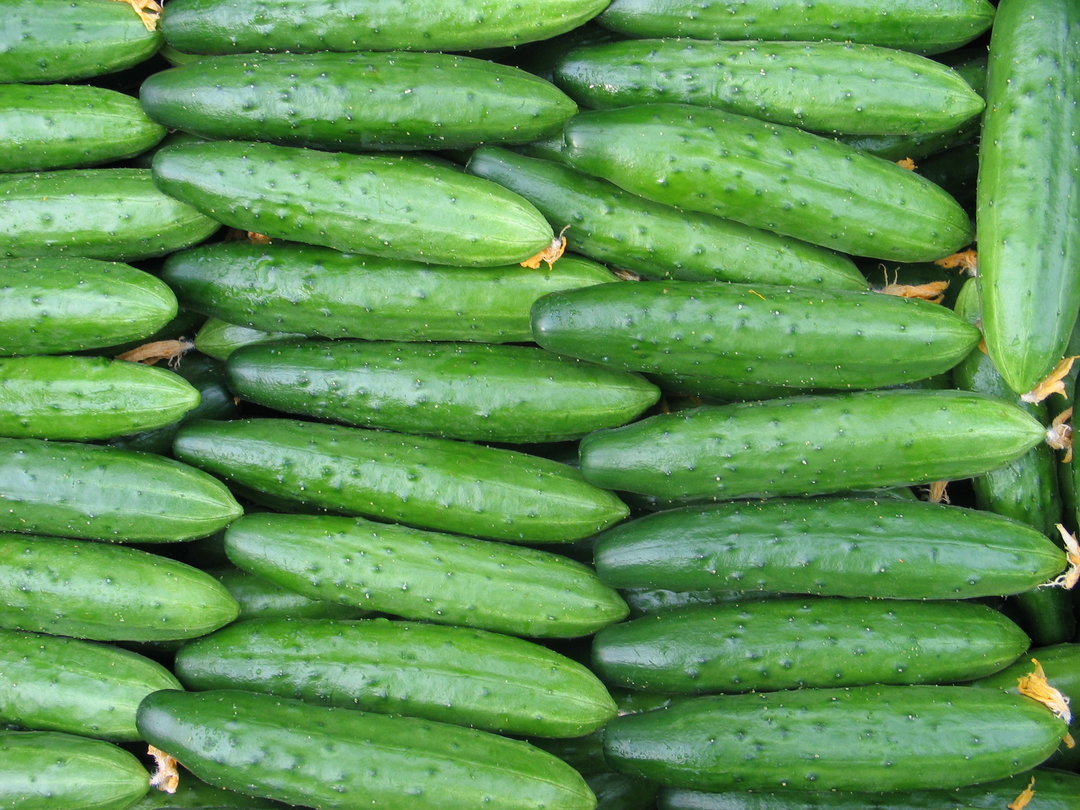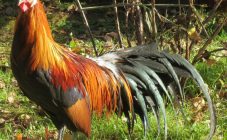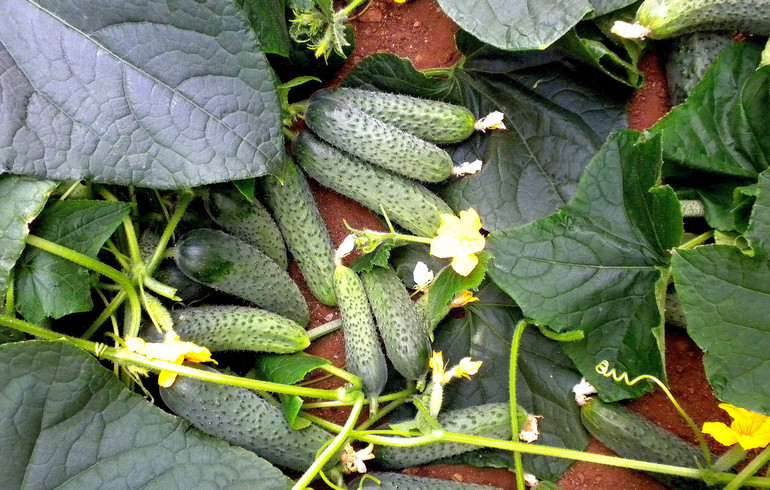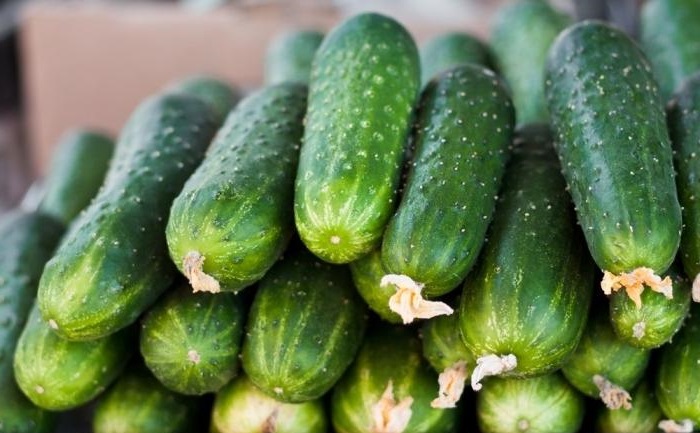Content:
Phoenix cucumbers were created by breeders in 1990. For about thirty years they have been appreciated by gardeners for their resistance to downy mildew and cucumber mosaics, for their pleasant taste and easy care. On the basis of the basic variety Phoenix 640, variations were created: Phoenix plus, Phoenix F1. They are similar, but they have differences that gardeners need to know.
The history of the creation of the variety
At the end of the eighties, an epidemic of downy mildew was raging in many European countries, which could spread to Russia. At this time, breeder Medvedev bred cucumber variety 640, which was resistant to many diseases, including downy mildew. Then he was given the beautiful name of the Phoenix bird, which was not even afraid of fire and rose from the fire alive and well.
Description and characteristics
Phoenix cucumbers are grown outdoors, but in the northern regions they are also planted in greenhouses. A late-ripening variety, it begins to bear fruit later than other varieties, 60 days after planting in the ground, but the harvest can also be harvested later than the rest of the cucumbers.
Phoenix cucumbers are large, up to 15 cm, dark green with light stripes and pimples with white thorns. Fruit weight 120 - 165 g. With proper care, very productive, with 1 sq. M. m harvested up to 2 - 4 kg of cucumbers.
Cucumbers with a thin but strong skin, tolerate transportation well, lay, tasty in any form. The most useful are fresh, but pickled and salted are good. Remains crispy with any processing for the winter.
The bush is large, cucumber lashes grow up to 2 - 3 meters. It is recommended to pinch them so that the side shoots grow. Timely pruning helps to form a bush so that there is air ventilation and moisture does not stagnate. Pollinated by bees, which must be taken into account when growing in greenhouses.
Phoenix Plus cucumbers differ from the description of the Phoenix variety.
Disadvantages of Phoenix 640:
- with temperature extremes and insufficient watering, bitterness may appear;
- too large green mass, dense powerful bushes, which leads to a decrease in yield and stagnation of moisture;
- large fruits that are not suitable for winter harvesting in banks.
When creating Phoenix Plus, breeders took into account these shortcomings and developed a variety with new positive properties:
- fruit sizes 10 - 12 cm, mid-season - 45 days pass from planting in the ground to fruiting; tasty small fruits are suitable for fresh consumption, for canning and salting; compact bush, small stems and leaves; cucumber weight up to 60 g;
- bitterness does not appear under adverse weather conditions, insufficient watering;
- resistant to fungal and viral diseases.
Growing
Phoenix cucumbers do not require complex care, but you need to know and follow the basic rules and stages of growing:
- location and lighting;
- requirement for soil;
- planting - by seeds or seedlings;
- watering, feeding;
- garter and bush formation;
- harvest.
For planting cucumbers, choose a place that is illuminated by the sun for most of the day, especially in the morning. The planting site of vegetables is changed annually.
The best predecessors of cucumbers:
- cabbage,
- bow,
- tomatoes,
- legumes.
Related crops - melons, zucchini, pumpkins - are planted away from cucumber beds.
The soil for cucumbers should be fertile, light, loose, well fertilized. It is best to prepare the soil in the fall. The garden bed is dug up with manure, during the winter the manure decays, the soil is ready to receive seeds. You cannot make a cucumber bed where there is stagnation and accumulation of moisture.
Planting is done in two ways: by seeds in the ground or seedlings.
Before planting, you need to prepare the seeds: soak them in a weak solution of potassium permanganate. Then they need to be hardened: wrap in a damp shred and put in the refrigerator for a couple of days at a temperature of + 2-3 degrees. After the refrigerator, put in warm water for an hour and sow as usual.
Germination of cucumber seeds reaches its peak by 3 to 4 years of storage. The shelf life is up to 10 years.
Landing
The garden bed is dug up, watered, grooves are made 3-5 cm deep. The distance between the grooves should be such that it is possible to loosen the soil and not damage the plants. It is enough to leave a distance of 50 - 60 cm.
Seeds of 2-3 pieces are placed in the ground to a depth of 1.5-2 cm. They are covered with a layer of earth and tamped a little to ensure contact with the ground. Then they cover until the spring night frosts stop. They stop covering when the temperature rises to 20 degrees during the day and 14-15 at night. If the plants have sprouted densely, they are thinned out.
Gardeners choose planting seedlings less often, because cucumbers do not like picks and do not take root well in a new place.
Seedlings are planted in late April - early May. They are planted in open ground in late May - early June, focusing on weather conditions. Cucumbers are thermophilic plants and when it gets cold they stop growing, or they may even die.
Cucumbers are almost 90% water and cannot grow without watering. Watered two days later in the morning or evening. Rate per square meter: 10 to 15 liters. Morning watering - up to 8 hours, until the sun begins to bake. In the morning, the water can be cool, slightly warmer than the soil temperature.
In the evening it is necessary to water after 17 - 19 hours, when the heat of the day subsides. Drizzle with warm water heated in the sun. To retain moisture, the soil under the cucumbers is mulched. For mulch, hay and weeds are used, without seeds. Mulch helps the soil to be looser and more fertile.
Cucumber bushes actively suck moisture from the soil along with minerals, so you need to dosed them under the cucumbers and not overdo it. The appearance of plants testifies to the lack of mineral fertilizers:
- pale color of shoots - lack of nitrogen;
- yellow spots on thin leaves - little magnesium;
- white edging along the edges of the leaves - lack of potassium;
- flowers crumble - copper is needed;
- shoots rot - there is not enough calcium.
In such cases, superphosphate is used, a complex mineral fertilizer, which contains trace elements necessary for plants.
Cucumbers need organic fertilizers, but you need to know how to use them, when and in what quantities. Manure is applied in the fall when digging up the soil. In the spring, when preparing the beds for sowing, the grooves are made deeper and a layer of rotted manure is laid on the bottom, covered with earth and the seeds of cucumbers are planted. From above they are insulated with a film on arcs, from below there is heat from a layer of manure.
Two weeks before planting, you can feed the soil with an aqueous solution of mullein (1: 6) or bird droppings (1:15, 1:20).
A three-meter vine of a cucumber needs a garter, support and pruning. Tapestries for support and garters can be made by yourself from scrap material. The stems are placed on the trellis so that they do not obscure each other. If the shoots are tied to a support, rather than crawling along the ground, the risk of fungal diseases is reduced. After the appearance of 4 - 5 leaves, the top of the shoot is pinched for the growth of lateral branches.
When forming a bush, you need to monitor the length of the main shoots. If they are so long that they hang down and shade the lower ones, they cut off the upper lashes, stimulating the growth of lateral shoots and the appearance of female flowers.
Cucumber shoots are very fragile, it is recommended to do the formation of a bush carefully, cut off the stems with scissors, and unscrew the leaves.
When harvesting, the fruits must also be removed carefully, it is better to unscrew them. It is recommended to pick cucumbers in a day or two, no more. Overripe fruits lose their taste, although there are individual lovers of overripe cucumbers with large seed chambers, but there are very few of them.
It is better to harvest in the morning, while the fruits are juicy and have not wilted in the sun. Timely collection of ripe cucumbers stimulates the ovary of new greens and their faster growth.
Diseases and pests
Phoenix cucumbers are resistant to the main cucumber diseases: powdery mildew, downy mildew, cucumber mosaic. But cucumber plants can die from fungal diseases. They appear during severe drought or rainy weather. If the shoots rot, they need to be cut off and burned, the rotten root destroys the entire plant and cannot be saved.
Correct agricultural technology and care serve as prevention from diseases and pests. Plants are not thickened, the stems are tied up in time and do not lie on the ground, correct and timely watering, top dressing - all this contributes to good growth and a large harvest.
Decades go by, new varieties of cucumbers appear, but the delicious universal variety of cucumbers Phoenix is not inferior to its positions and remains popular with gardeners.
